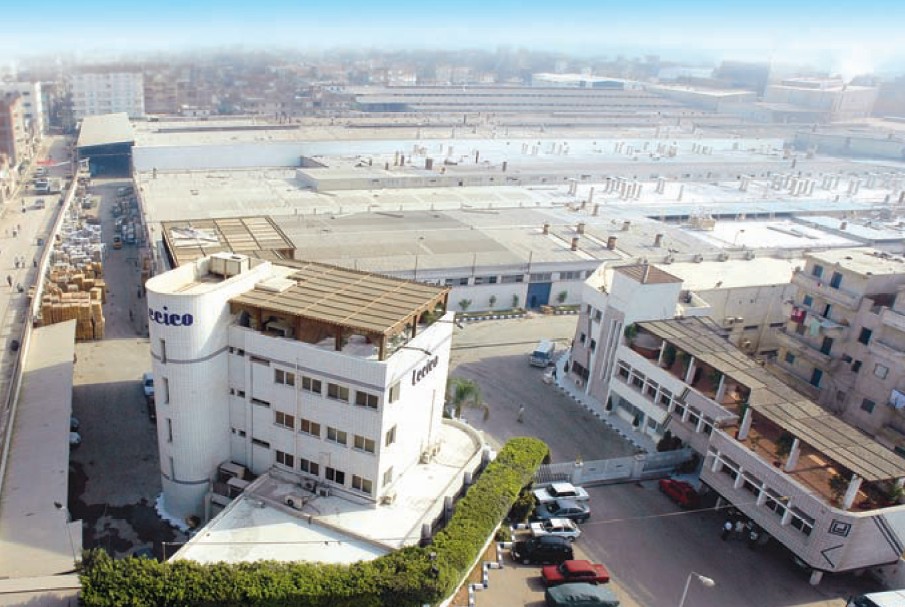By Amira Salah-Ahmed/
CAIRO: Businesses use “analytics as a competitive advantage,” and for this reason, it must be both highly available and predictable, according to Scott Gnau, chief development officer for Teradata Corporation.
At a conference in Barcelona this past April, the end-to-end solutions company — which offers database technology, analytic solutions and consulting services — launched two new Active Enterprise Data Warehouse (Active EDW) platforms.
The Active EDW 6680 and 6650 combine solid state drive (SSD) and hard disk drive (HDD) technology with a virtual storage solution that automatically migrates data, based on its “temperature” (or how often it’s used) between drive types to optimize performance.
Teradata executives, partners and clients from around the world came together in Barcelona to showcase how a vital part of enterprises, data, is used to add value and drive growth.
From customer information and transactions, to company operations and history, sensory data, and, even in its rawest state, from social networking websites — “big data” churns out business intelligence (BI) that is then utilized to refocus core strategies.
“The big data phenomenon is emerging from new business models, new technologies — the digitilizaiton of our world,” Gnau said, and it’s growing faster than any traditional data therefore requiring new kinds of analytics to derive value.
And unlike traditional raw materials, “data should be reused,” said Hermann Wimmer, president of Europe, Middle East and Africa for Teradata, citing an IBM survey which found that 83 percent of CIOs view BI as their top priority for enhancing competitiveness.
Clay Shirky, a writer, educator and consultant on the social and economic effects of internet technologies advised businesses to harness, instead of shy away from, the power of social media.
“Social media is a change in the eco-system that businesses operate,” he said, adding that the “loss of control businesses fear when it comes to social media is already in the past.”
“Consumers can now talk directly to each other about products, services and are able to coordinate…[which] can constrain what businesses are able to do,” he said.
The solution? “Traditionally, businesses go to people outside of the environment and bring [information] inside,” he said, through focus groups and surveys, for example. But the key now is to do the reverse, “share inside data with customers and see what they do with it,” thus taking advantage of data from social media.
And since a higher percentage of BI actually resides outside the structured environment, businesses have to change the by which they get data, which can pose cultural and technical challenges.
However, it’s important to remember that even data that is “individually frivolous” – such as funny videos shared on YouTube – “can be used in aggregate.”
“Businesses can do predictive analytics to even the sloppiest of data source today, such as Tweets, which are the smallest form of data,” Shirky explained, meaning that nothing should be taken for granted.
Telecom data
Mohamed Abdel Rahim, head of enterprise information management at Etisalat Misr, said that capturing 25 percent of Egypt’s mobile market share in less than four years is proof that the solutions they use, which build on Teradata’s products, have helped the company gain a competitive edge.
“Information is the blood of the company, if it does not reach appropriate areas then there will be a malfunction,” he said. “The use of Teradata models has helped grow the company, answering unlimited business questions,” he added.
When they first forayed into Egypt’s market as the third mobile operator, the UAE-based company used a temporary data warehouse, and by February 2008, they had transferred to Teradata’s active enterprise warehouse. They are now in phase five of implementation.
“Teradata’s office in Cairo helped us greatly in building our solution,” he said, and training took around three to four months.
By using billing, recharging, customer and usage information, the company’s objective is to “attract the most profitable customers and provide them with the most profitable products and services,” he explained.
“Data warehousing is about having the information analyzing product trend, customer behavior and managing daily business across the organization for all departments,” he added. The key is to have all the data in one “box” (the data warehouse) and customize the view depending on which department is accessing the information to answer certain questions.
These data warehousing solutions “help us manage customer expectations as well as retain our subscribers,” he said.
When it comes to attracting subscribers of other operators, he said that in Egypt, it is not easy to get information on the subscribers of their competitors. They do, however, analyze data generated from their own customers’ incoming and outgoing calls to other operators in order to identify and attract profitable potential customers.
“We protect customer information according to the laws in Egypt, which are restricted, this is confidential information that nobody can extract. It is not possible in Etisalat to extract information of customers and to get that we have a process of approvals and logs to keep track of this,” he said.
Asked if these approvals apply to government asking for customer information, he replied, “I don’t have an answer for this.”


